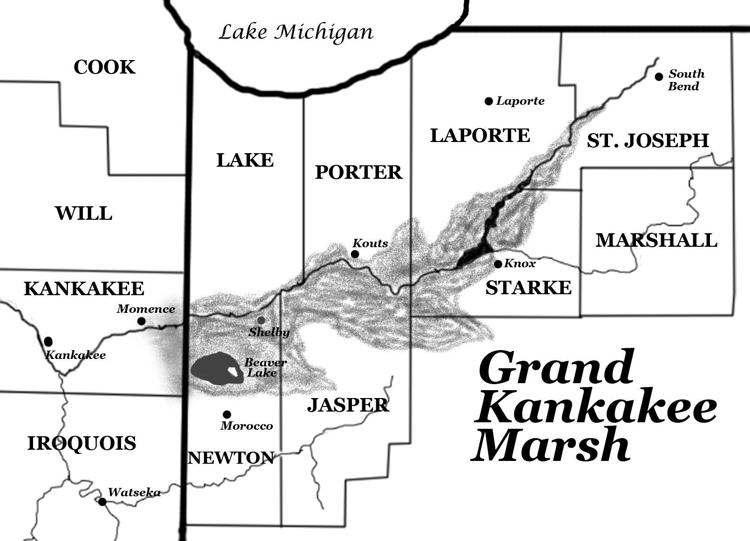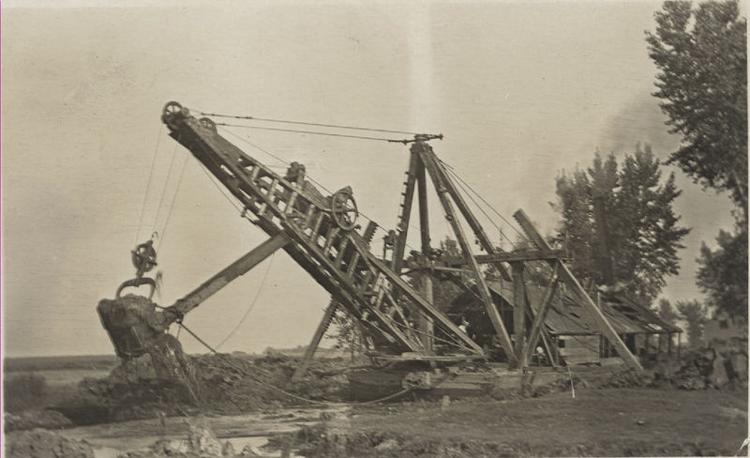|
By Kara Morrison On this day in 1925, the Bremen Enquirer of Bremen, Ind., announced the completion of the Kankakee River Ditch, marking the almost complete destruction of the Grand Kankakee Marsh. A century earlier, the Grand Kankakee Marsh was the largest inland wetland in the U.S. and was home to a vast array of animal and plant species. Efforts to drain the Kankakee Marsh began just before the 1850s, when small channels and ditches began being dug into the wetland. With the introduction of the Swamp Land Act of 1850 and steam-powered dredge boats, efforts to reduce the Kankakee River and drain the marsh picked up rapidly. Steam-powered dredges allowed for deeper ditches and bigger levees. These massive dredge-dug channels resulted in the Kankakee River being reduced to less than half of its original length. Despite all this progress, the Grand Kankakee Marsh was still reluctant to drain, thanks to a natural limestone dam. In 1893, the state of Indiana approved funding to begin cutting a massive channel through the limestone, eventually having the desired effect of allowing much more of the marsh to drain at a much quicker rate. Over the next 30 years, the river continued to be cut down to only 90 miles and the marsh continued to be drained until it was almost completely gone. One of the steam dredges that channelized the Kankakee River in the late 19th and early 20th centuries. “A Look Back: Kankakee Marsh was largest inland wetlands in the U.S.,” South Bend Tribune, April 10, 2018. Courtesy of The History Museum. Today there are efforts, such as Friends of the Kankakee and their Kankakee National Wildlife Refuge and Conservation Area (KNWR&CA) to protect and restore the Kankakee River Basin, and help save an array of threatened species in the area. Kara Morrison is a recent graduate of Kenyon College and a contributor to the Turnstone Strategies blog. She is passionate about making historical and educational information accessible to the public. Sources cited: South Bend Tribune, The Daily Journal, The Bremen Enquirer
2 Comments
Leave a Reply. |
The blog is a space for stories of the natural world and the occasional post about communications and strategy.
Archives
September 2022
|


 RSS Feed
RSS Feed